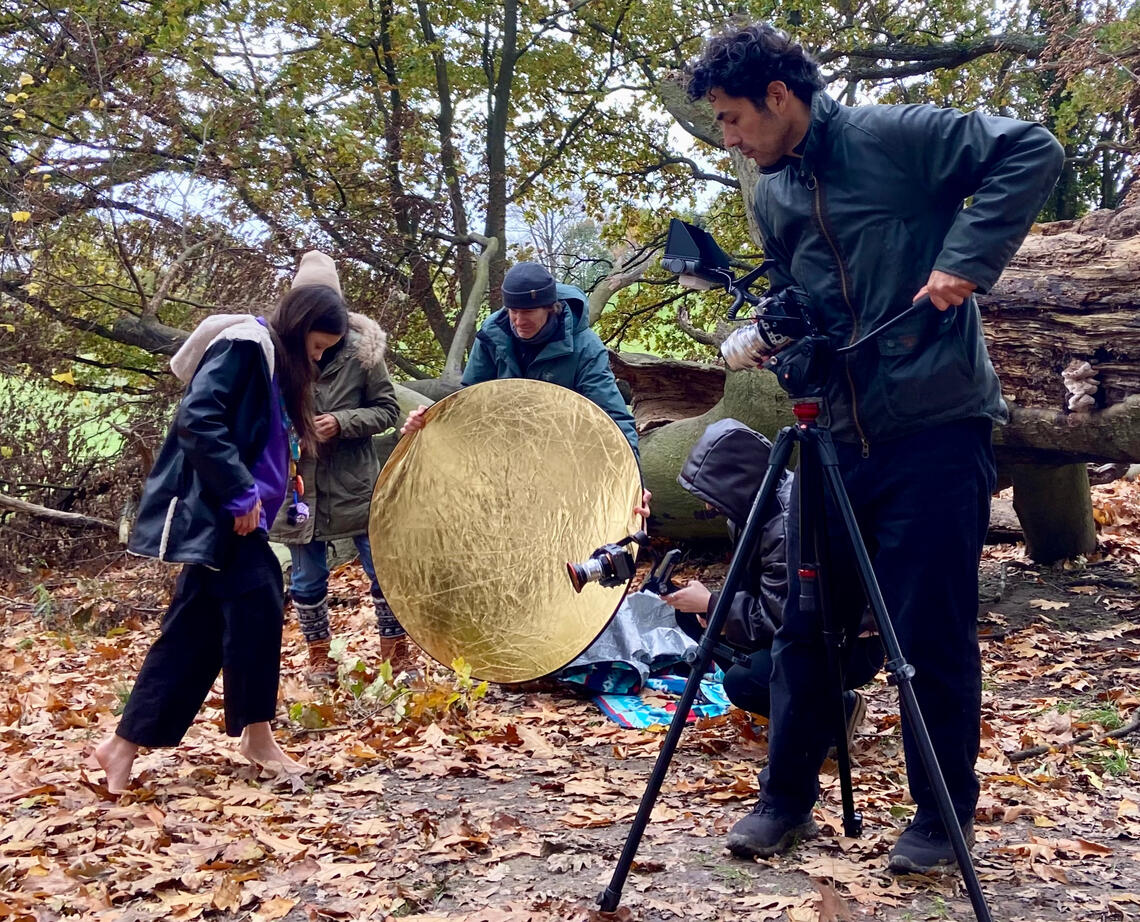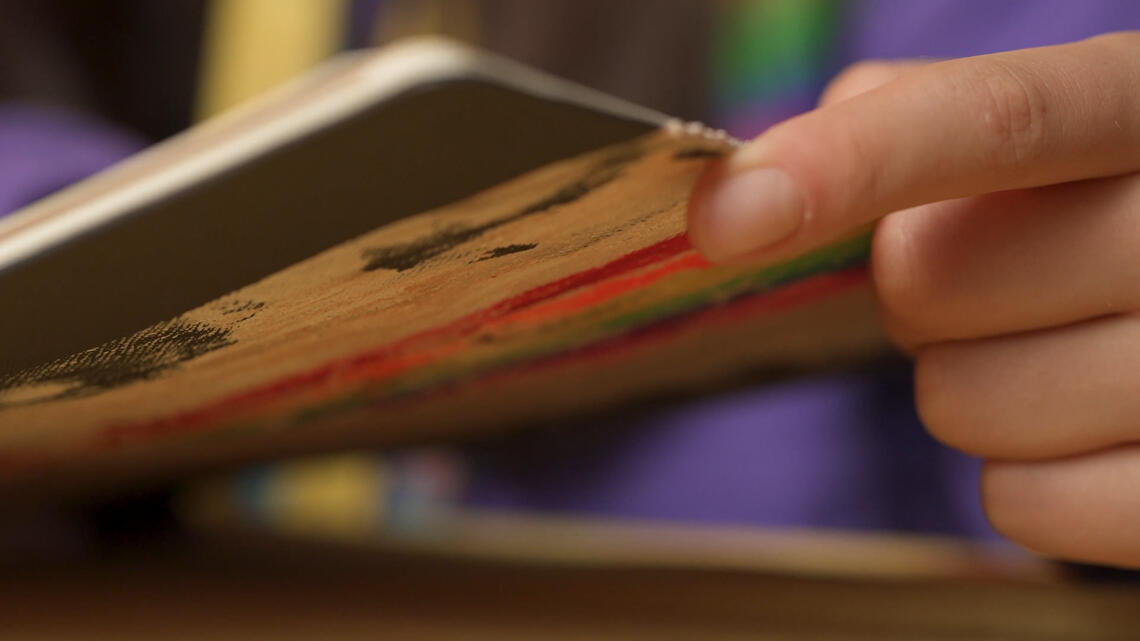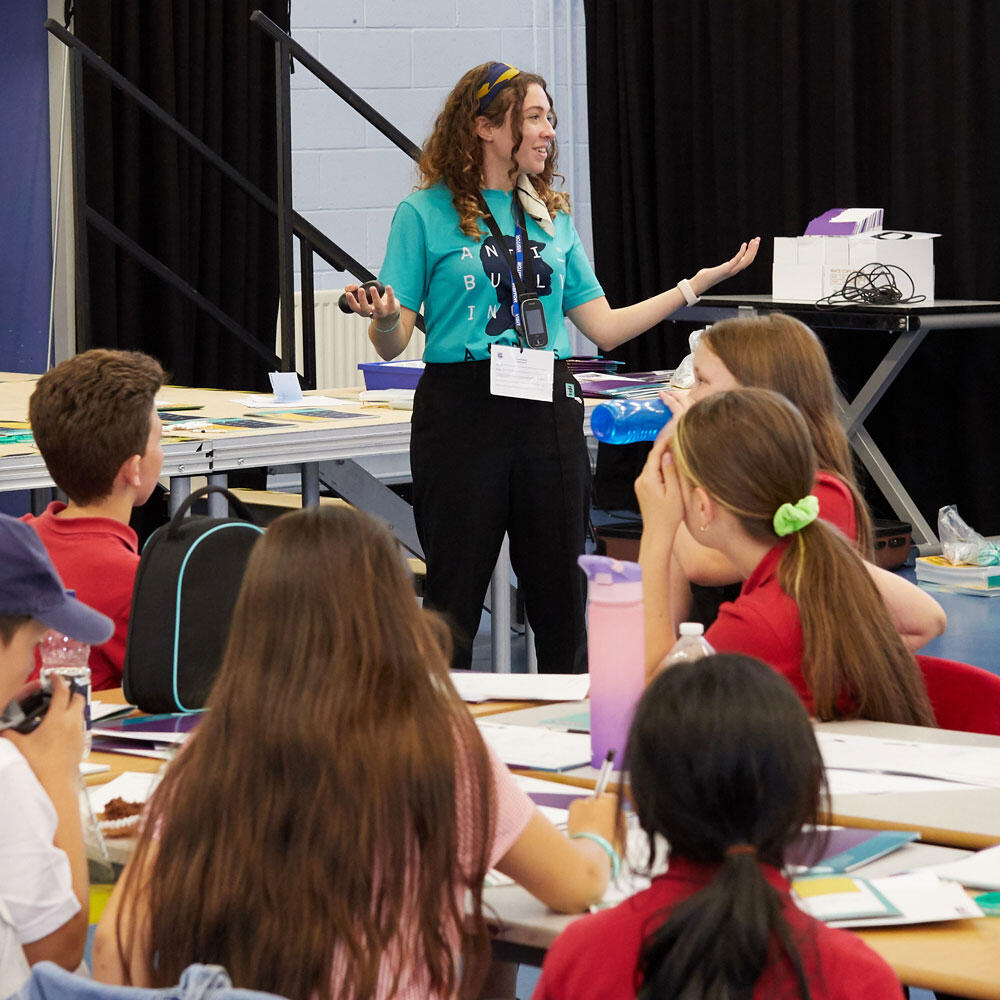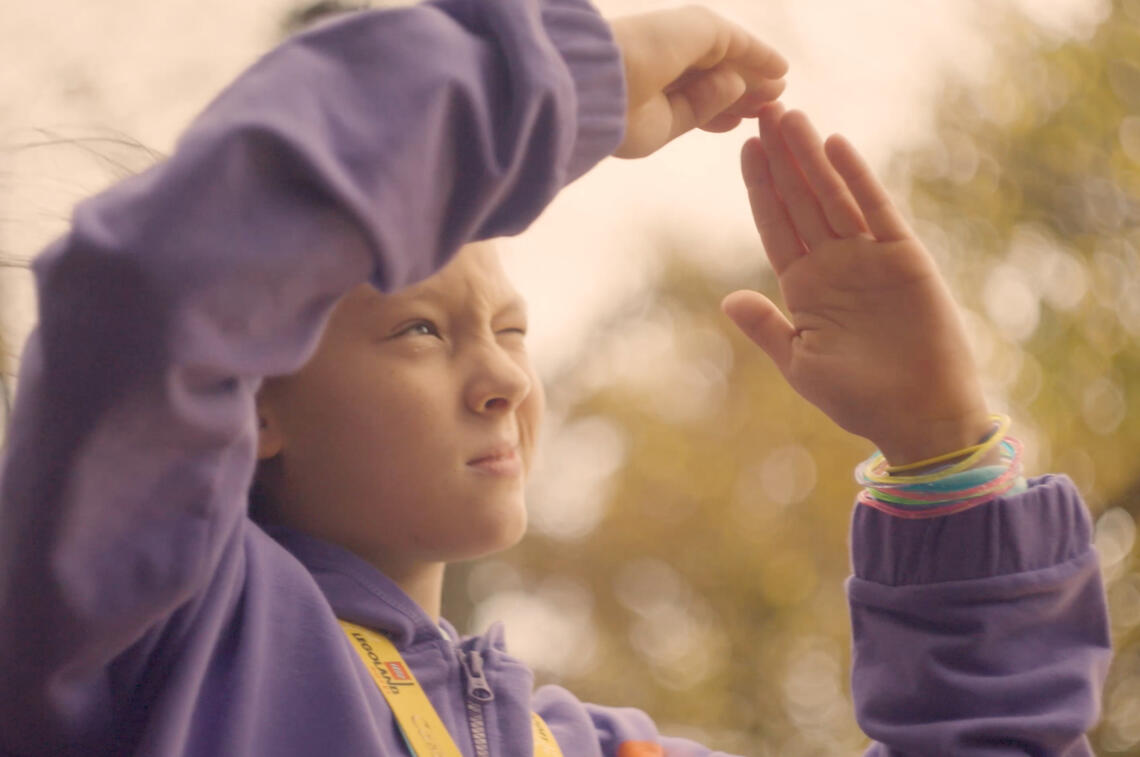A Window Into Autism
In My World, In Your Eyes
Elena, an 11-year-old autistic girl navigating the challenges of mainstream school. Led by our fictional guide, Elena, experience the world of autism through immersive sensory simulations, unraveling the complexities with her narration.This educational and artistic endeavor, driven by a diverse team including neurodivergent individuals, aims to fill the knowledge gap in schools, fostering empathy and inclusivity
THE START
Leytonstone loves film award
April 2023, this project won a competition for an initial grant sponsored by Art council England, Barbican and Waltham Forest, and it is since then that work has begun on the project.


THE PROJECT
We're on a mission to educate, enlighten, and promote inclusivity by shedding light on the world of neurodiversity. Our dedicated team, including many neurodivergent individuals, is working to fill the knowledge gap in mainstream schools regarding neurodiversity, which affects countless students.We're creating an immersive and educational film that delves into the daily challenges faced by autistic individuals.Our goal is to foster a better understanding of neurodiversity, encourage empathy, and create inclusive environments in schools and beyond.
THE STAGES
1. THE FILM:
In My World, In Your Eyes, is where curiosity meets compassion, where stories illuminate the path to acceptance, and where neurodiversity takes stage.
The film delves into the daily challenges faced by neurodivergent individuals, offering a glimpse into their -often unnoticed- struggles.
We explore the unique coping mechanisms they employ, revealing the hidden strengths in their journey. These challenges, while generating stress, also spark creativity and adaptability.2. THE TEAM:
• A team of two people (one autism specialist and one visual arts specialist) will prepare themselves to visit schools and conduct the workshops.3. WORKSHOPS IN SCHOOLS:
We will visit classrooms where there are autistic children.
After the film is screened, a dialogue will be created, and everyone will share their experiences and views on:
• What types of stimming they practice.
• What would they do if they were in a situation of sensory overload?
• What makes other children feel anxious?
• Can you understand why an autistic child feels anxiety?


first stage
the film
• We follow the journey of Elena, an 11-year-old autistic girl in a mainstream school. This 15-minute film portrays the way individuals with autism perceive the world through simulations and sensory overload experiences.• Elena's narration simplifies the intricate world of autism for a wide audience but is especially intended for school students and teachers.• The film's educational component demystifies the neurological aspects of autism, fostering empathy. By delving into the daily challenges faced by neurodivergent individuals, the film promotes inclusion and acceptance, emphasising that diversity is a source of strength and beauty.

second stage
create the team
A team composed of specialists and professionals from various fields will collaborate on this project:A Visual Artist and Performer specialising in performance and art movement dance who excels in creating and executing choreography, conveying narratives and emotions through dance performances.An Educator and workshop facilitator specialising in Play and Movement in Learning. Leading groups through interactive experiences, this individual fosters creativity, curiosity, and wellbeing, delivering training for schools and educational programs.A Dance Movement Psychotherapist who utilises dance to address challenges in autistic children, fostering self-expression, social interaction, and overall wellbeing through personalised interventions.A Wellbeing Advisor, who is an Occupational Therapist promoting mental health and emotional resilience. This advisor supports team members and ensures team wellbeing through regular check-ins and contingency plans, fostering a supportive work environment.
third stage
DELIVERING THE FILM
An educational project to be taken to classrooms where there is at least one pupil with autism.

SCREENING A FILM

SHARING THEIR FEELINGS

FOSTERING KINDESS
NAVIGATING NEURODIVERGENT CHALLENGES:
the workshops
Experiential workshops are inspired by phenomenon-based learning (PBL), which enables children to connect the dots of the educational material to their everyday lives. Based on this holistic approach, children investigate and explore their answers in a way which builds connection and meaning with the material whilst enabling deeper communication and reflection on what kindness means to them on a daily basis and what they would do differently.In-schools: create a team of two people (one autism specialist and one visual arts specialist) to visit schools. Screen an educational video in class. Talk about what they know about neurodiversity, and based on exercises in class, the workshops will teach them that we all are different, and that is only a good thing, highlighting the strengths of neurodivergent and neurotypical.At the end of the workshops, children will be invited to make short videos about themselves or members of their families doing stimming, and upload them to a digital platform that we will create to publish all videos under the hashtag: We Stim (#westim).
REFERENCE 1:
SENSORY OVERLOAD:
The "Autism TMI Virtual Reality Experience" by The National Autistic Society is a collaborative project that uses virtual reality (VR) to provide insight into the sensory challenges faced by autistic individuals during everyday activities, like going shopping. Developed with input from autistic adults and children, the VR experience immerses users in a shopping centre environment, replicating intense sensory stimuli such as sights, sounds, and the feeling of being stared at.
REFERENCE 2:
STIMMING:
Stimming – or self-stimulatory behaviour – is repetitive body movements or noises. Stimming might include hand and finger movements such as finger-flicking and hand-flapping. It can also manifest in body movements, such as rocking back and forth while sitting or standing.
Stimming might help autistic individuals to calm down because it focuses their attention on the stim, or it can produce a calming change in their bodies. Stimming might also help children cope with and manage overwhelming sensory information.
Archiving goals
Our aim is to bridge the understanding gap, providing neurotypical viewers with insight into the intricacies of neurodivergent lives. Encourage empathy, and create inclusive environments in schools and beyond.By shedding light on these challenges, we hope to foster empathy and underscore that neurodiversity, including autism, is a beautiful aspect of human diversity. As we navigate these challenges, we celebrate the resilience and uniqueness of each individual.It also explains the function of aspects closely related to autism, such as "stimming" and why they are such an important part of an autistic person's life.
